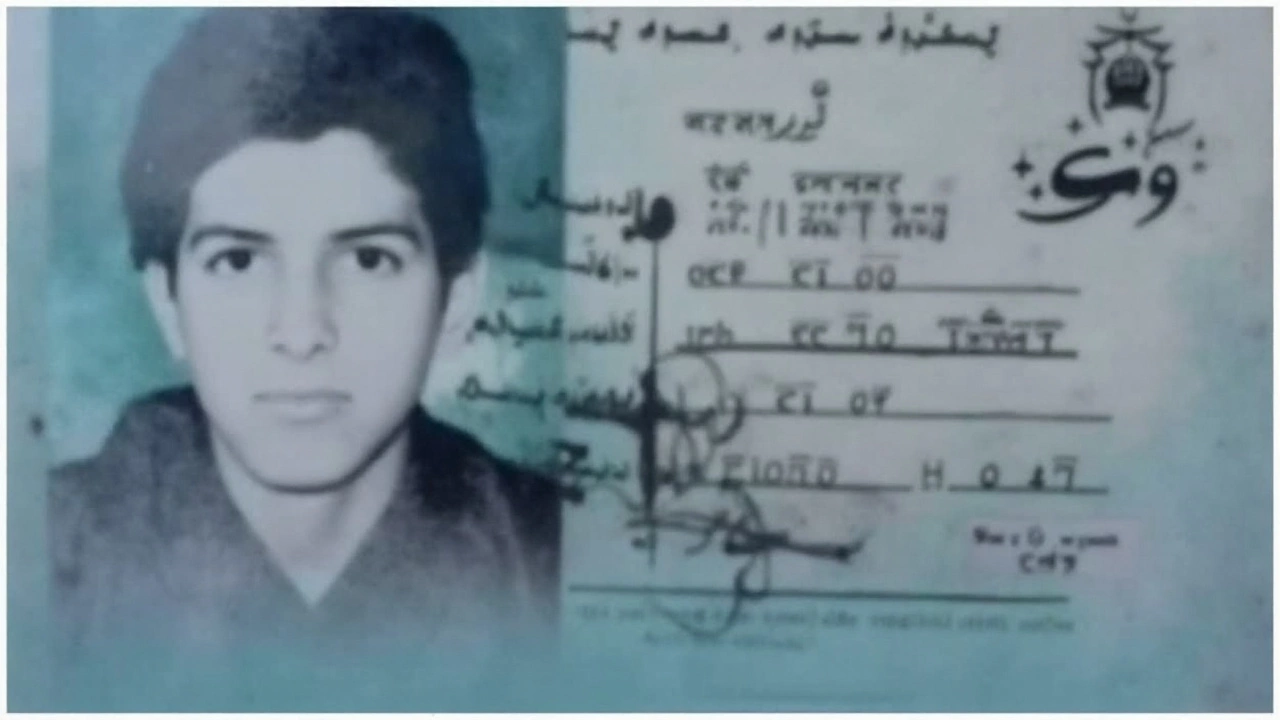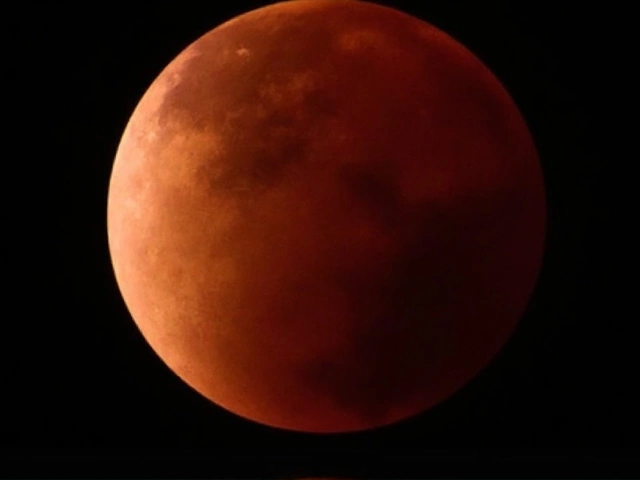Melted Ice Tells a Chilling Story in Kohistan
The discovery of Naseeruddin’s nearly mummified body on a melting glacier in Pakistan’s Kohistan region has stunned locals, scientists, and the missing man’s family. For 28 years, his disappearance was a mystery. Then, in late July, a local shepherd named Omar Khan made an eerie and emotional find—there, exposed by disappearing ice on the edge of Lady Meadows glacier, lay Naseeruddin, almost perfectly preserved down to his clothing and identity card.
Back in 1997, Naseeruddin, who was just 31 and a father of two, vanished in the chaos of a family dispute gone terribly wrong. He and his brother were apparently running for their lives after a violent feud erupted, even dodging gunshots. Naseeruddin tried to hide in an icy cave, but the move turned tragic when he fell into a crevasse and never emerged. Search teams scoured the glacier, but found nothing—until now, when Kohistan glacier melt exposed the chilling secret it kept frozen for almost three decades.
The story captured Pakistan’s attention, not just for the dramatic family tragedy, but for what it says about the mountains themselves. Locals described the body’s discovery as “unbelievable,” especially since his ID card was legible, his clothes still clung to his frame, and his face, though changed, was recognizable. Naseeruddin’s nephew, Malik Ubaid, said the family made the trek back to the glacier year after year, hoping for a miracle or a sign. Only the glacier’s retreat—spurred by rising temperatures—brought the heartbreaking closure they never imagined.
Climate Change Has a Human Face in Northern Pakistan
The science behind the discovery is as striking as the emotions. Glaciers work like deep freezers: bitingly cold, low in oxygen, preserving anything caught inside them. But rising global temperatures are acting like a faulty thermostat, accelerating the melt. Experts say Naseeruddin’s fate ended up in the headlines purely because of these changes. As the glacier thinned, what was entombed deep inside began surfacing on the slopes, finally visible to the world.
Pakistan has more glaciers than any place outside the polar regions—over 13,000 by the latest counts. Once seen as towers of water security, these glaciers are now shrinking fast. Reduced snowfall and higher temperatures mean less protection for existing ice, exposing it to the harsh summer sun. That’s not just bad news for missing persons cases; it’s a huge threat for millions who rely on these ice bodies to supply rivers, irrigate farms, and provide drinking water. Villages below the glaciers are already dealing with flooding from sudden melt, while other regions brace for water shortages in the coming dry seasons.
For Naseeruddin’s family, the tragedy has always been painfully personal, but the discovery of his body turned the story into a stark reminder that climate change isn’t just about data or distant headlines. It’s about real people, families, villages, and irreplaceable lives. Now, as his brother faces a bittersweet decision—where to give Naseeruddin a resting place at last—the entire country is left to wonder: what else might emerge as the glaciers continue to disappear?





